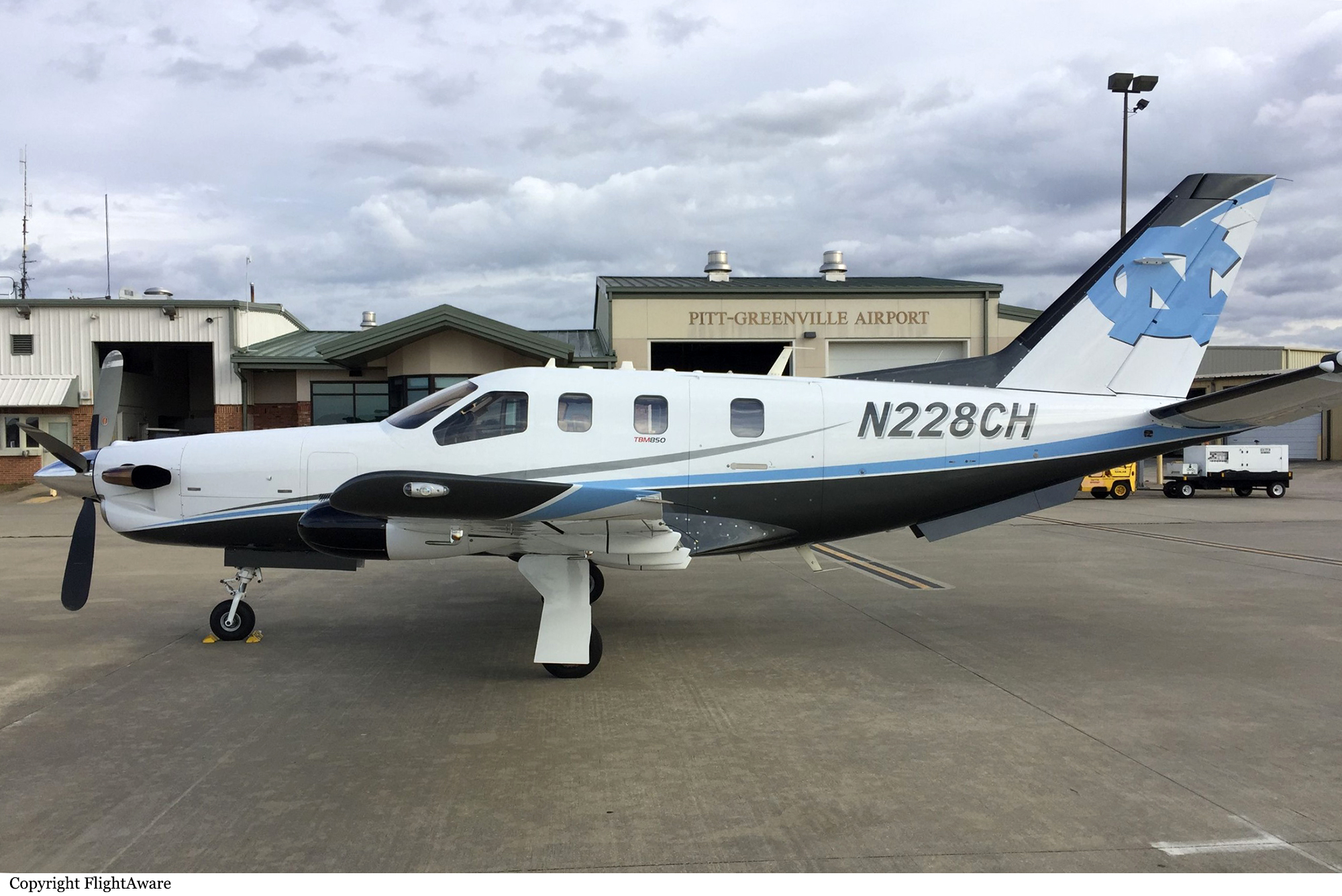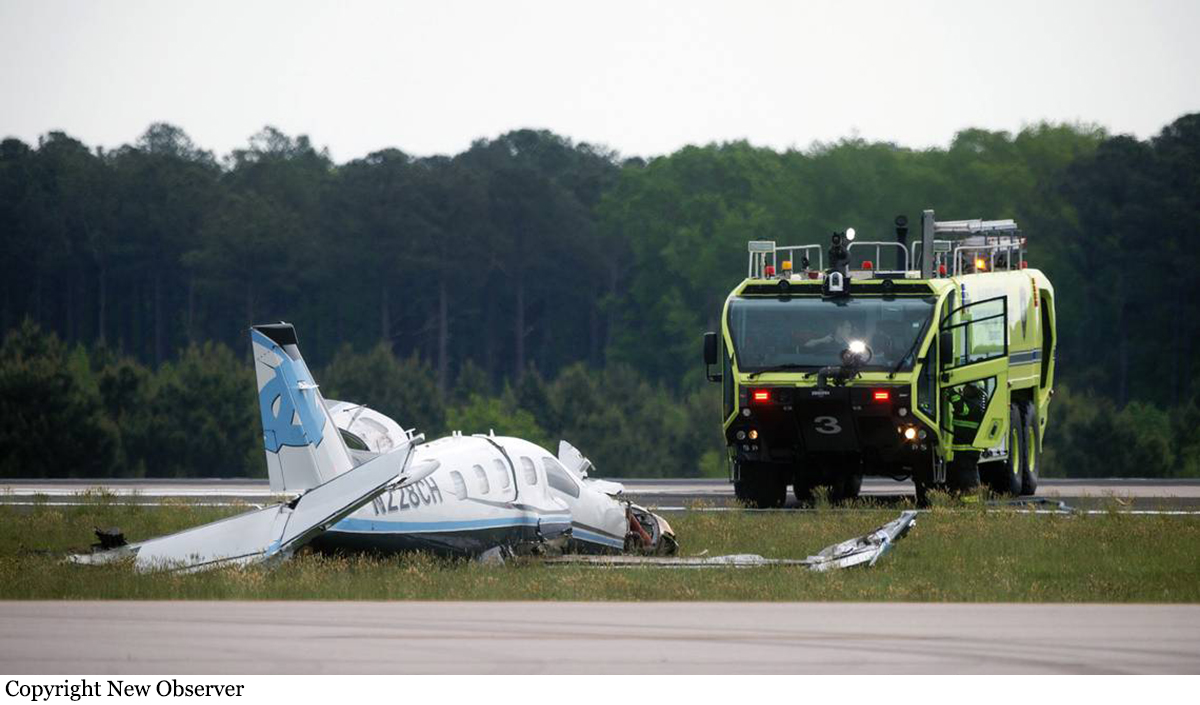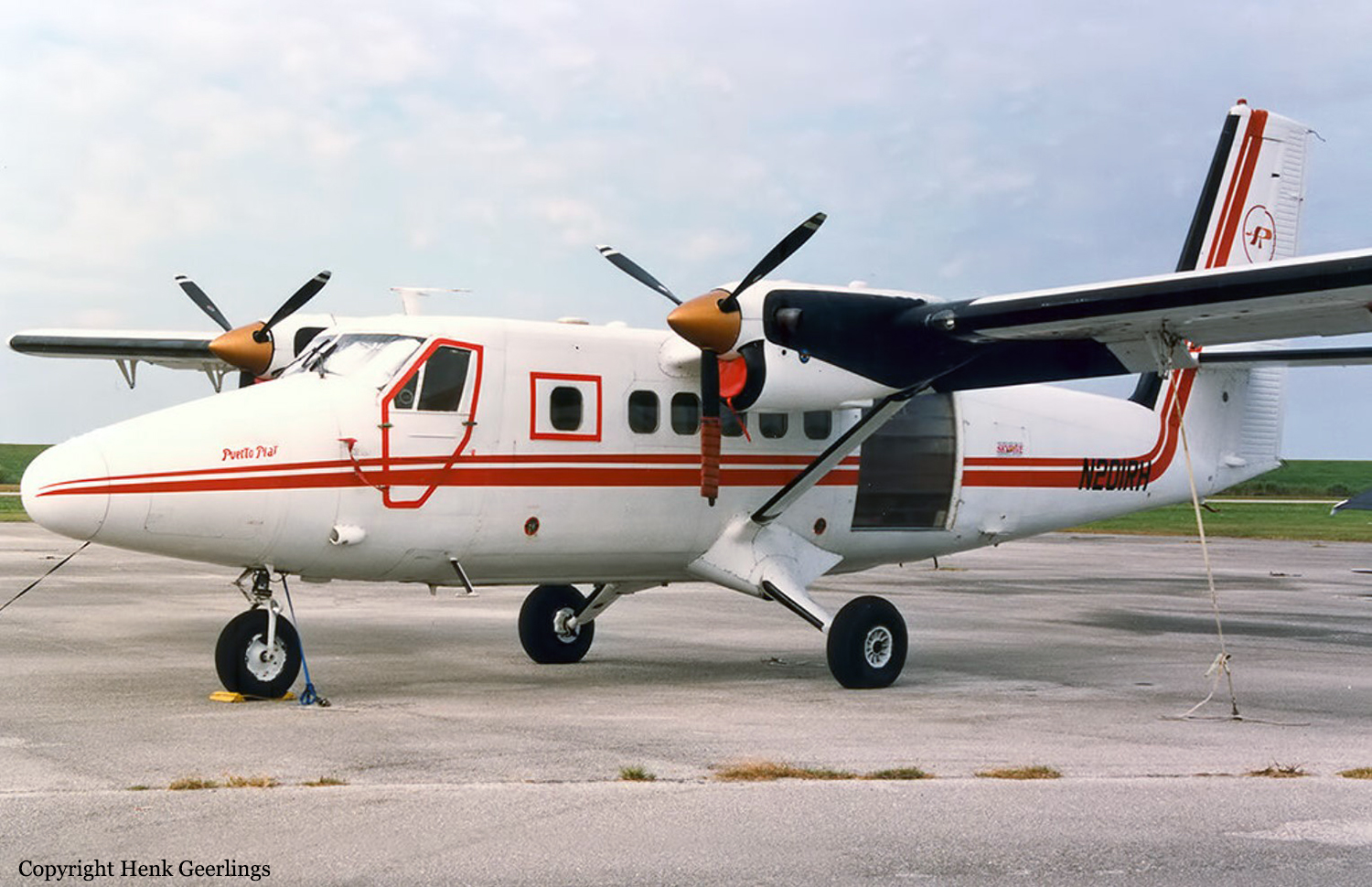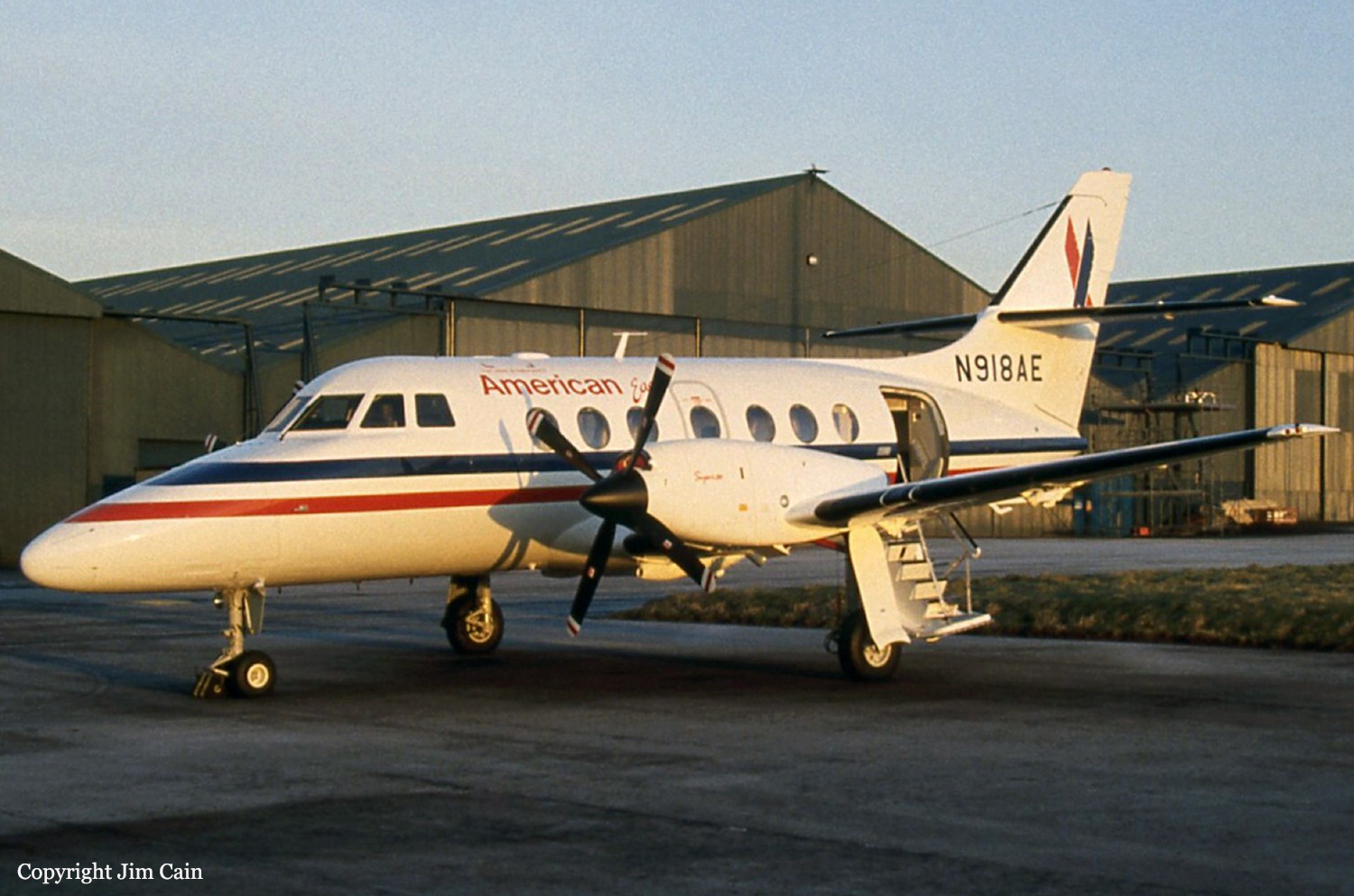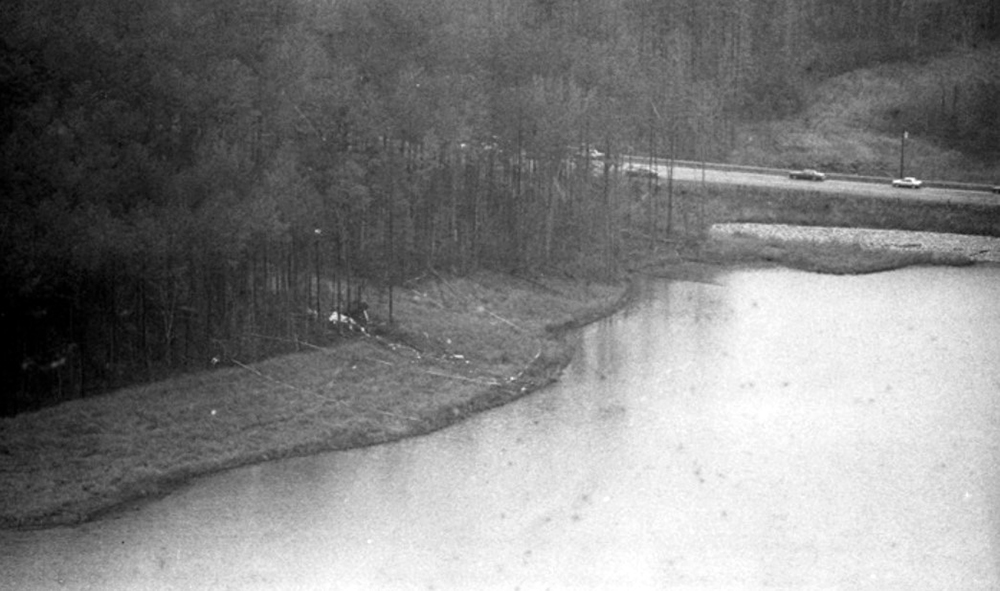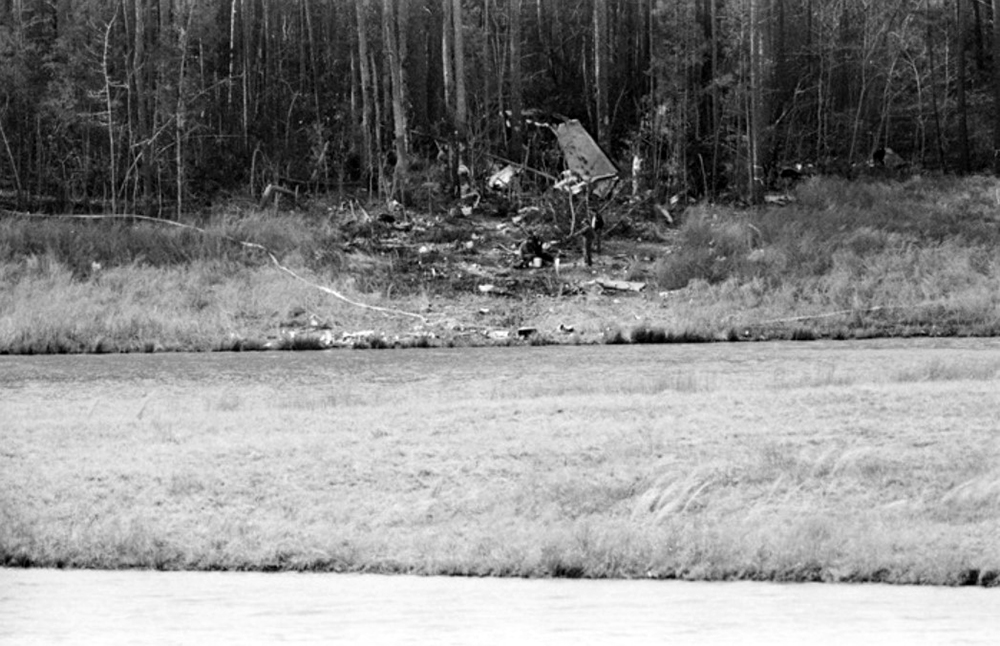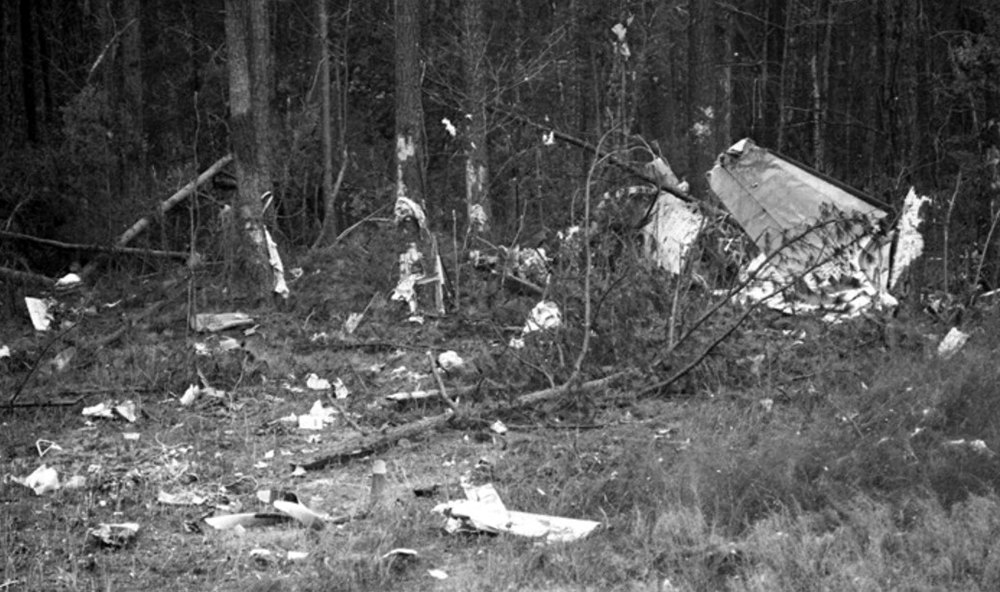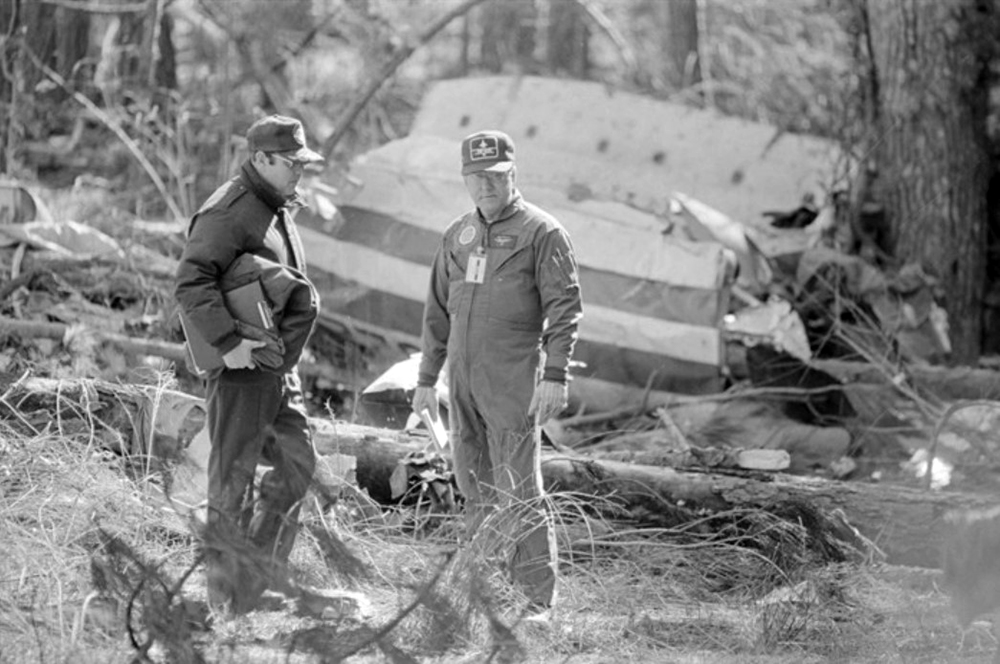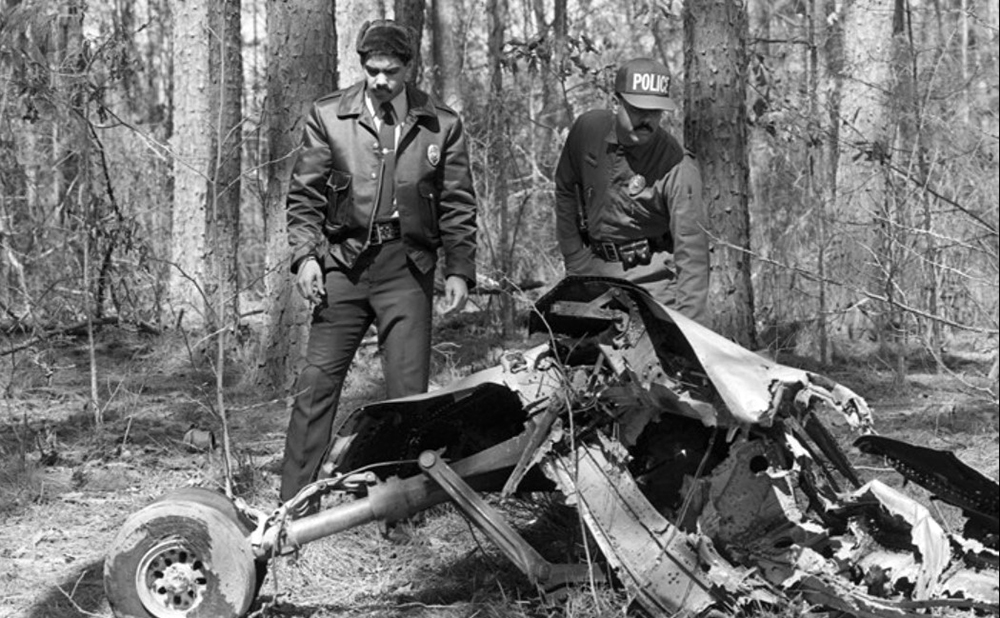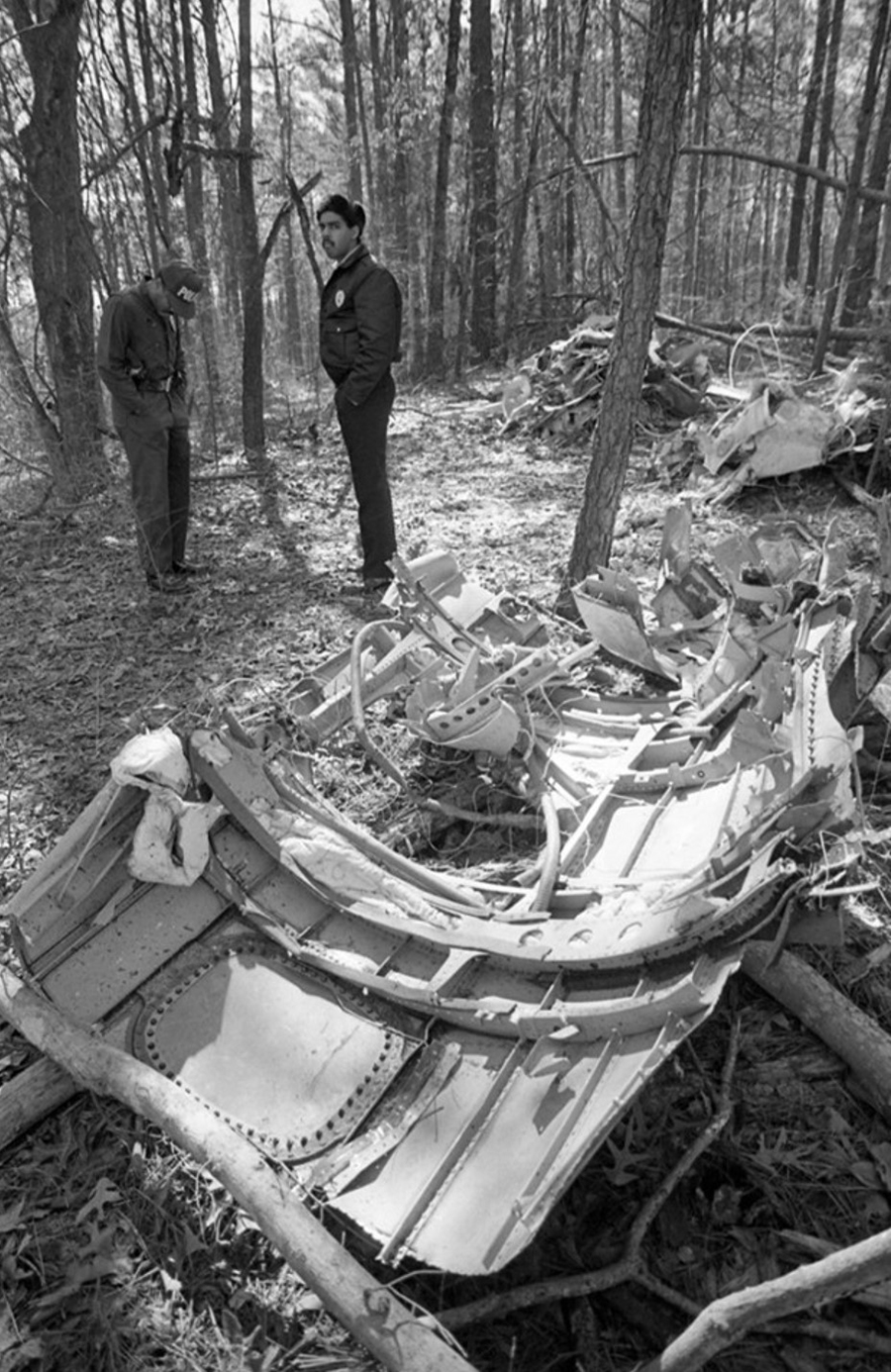Crash of a Socata TBM-850 in Raleigh
Date & Time:
Apr 24, 2024 at 1008 LT
Registration:
N228CH
Survivors:
Yes
Schedule:
Wilmington - Raleigh
MSN:
356
YOM:
2006
Crew on board:
2
Crew fatalities:
Pax on board:
0
Pax fatalities:
Other fatalities:
Total fatalities:
0
Circumstances:
On final approach to Raleigh-Durham Airport, while on a positioning flight from Wilmington-New Hanover Airport, the single engine airplane went out of control and crashed nearby the runway. Both occupants were quickly rescued and the airplane was damaged beyond repair. It was reported that the pilot was attempting a go around procedure when the accident occurred.
